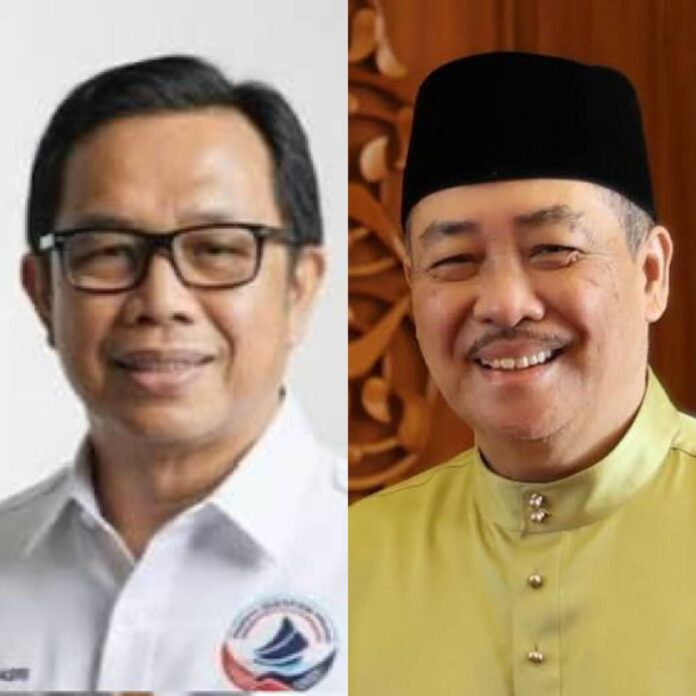By Lesaya L Sorudim
KOTA KINABALU: The state constituency of Sulaman has long been synonymous with the leadership of Datuk Seri Hajiji Noor, the Chief Minister of Sabah and president of Parti Gagasan Rakyat Sabah (PGRS) — the main component of the ruling Gabungan Rakyat Sabah (GRS) coalition.
A predominantly Bajau-Muslim area, Sulaman remains one of the hardest seats for any opposition party to penetrate.
Yet, as the next state election approaches, growing voter frustrations over local issues and shifting political sentiments may begin to challenge that dominance.
Hajiji’s long-standing presence in Sulaman gives him an undeniable advantage.
He is not only the face of state leadership but also a familiar figure to local communities, many of whom have seen visible development initiatives under his administration.
His strategic move to form PGRS after leaving Bersatu has strengthened his image as a Sabah-first leader — focused on autonomy and local empowerment. For now, the Chief Minister remains the clear frontrunner.
However, cracks may be forming beneath the surface.
The constituency, while loyal, is not without grievances.
Frequent electricity blackouts, erratic water supply, and traffic congestion during weekly tamus (markets) have become growing points of frustration for residents.
Despite government promises to improve basic infrastructure, many locals feel that their daily challenges — from inconsistent public utilities to the lack of long-term traffic solutions — remain unresolved.
These issues, often aired loudly on social media, may erode some of the goodwill long enjoyed by the incumbent.
Among those preparing to capitalize on voter dissatisfaction is Aliasgar Basri of Warisan, who previously contested against Hajiji and is expected to try again.
Aliasgar is an experienced political player with a strong following among Warisan loyalists and a persuasive voice for local empowerment.
If he can position himself as a credible alternative — emphasizing issues like service reliability, youth opportunity, and cost of living — he could tap into the undercurrent of change among younger and middle-class voters.
The BN–Umno machinery, once dominant in Sulaman, may also eye the seat with renewed interest.
For Umno, Sulaman carries symbolic weight as part of its former heartland in Tuaran.
A decision to contest could revive traditional support networks, particularly among older voters still nostalgic for Umno’s earlier era of influence.
PKDM, conversely, might still be considering the option of putting forward a candidate to attract the increasing group of young voters — currently thought to represent almost 40% of the electorate
Meanwhile, Perikatan Nasional (PN) could attempt to reclaim ground lost to PGRS, though its influence in Tuaran has waned significantly since 2020.
Ultimately, the youth vote will be the decisive factor. Voters aged 18 to 25 are increasingly detached from traditional political loyalties and far more influenced by digital narratives.
Their opinions are shaped not by race or rhetoric, but by relatable online discussions about real-life concerns — jobs, infrastructure, and the rising cost of living. For them, political loyalty means little if day-to-day frustrations persist.
As election season nears, Sulaman remains Hajiji’s to lose. Yet the mix of local discontent, social media-driven activism, and youthful energy may turn what once seemed an easy victory into a harder-fought battle.
The outcome in Sulaman will be more than a measure of Hajiji’s political strength.
It will reflect whether Sabah’s future belongs to the established order — or to a new generation demanding change, reliability, and a better quality of life.


